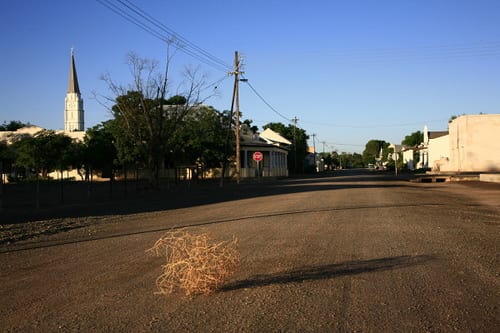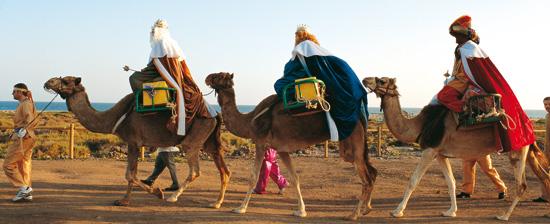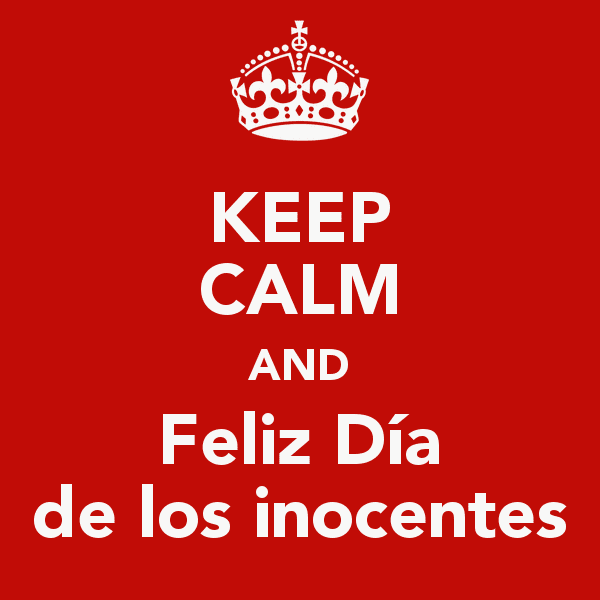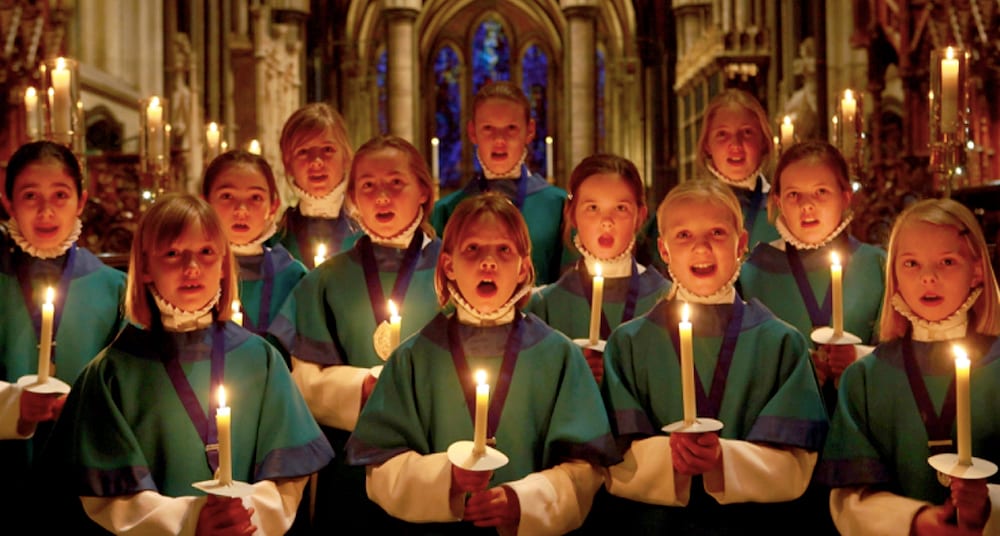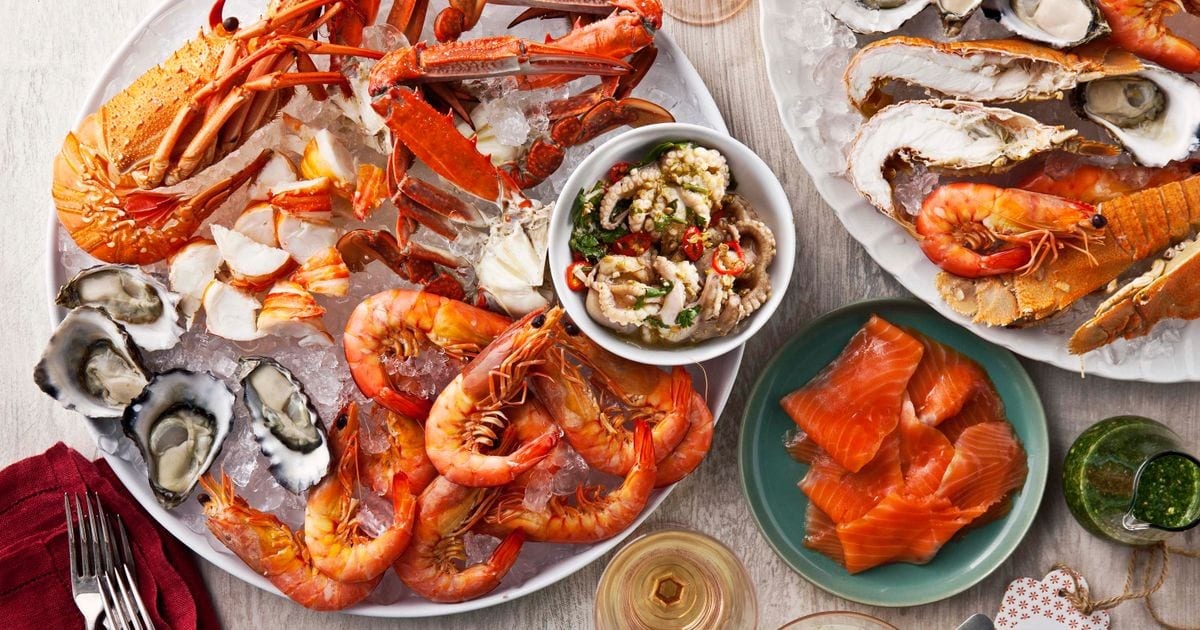CHRISTMAS traditions in Spain are weird and wonderful and stretch all the way until January 6. Here’s a few of our favourite during the festive season.
Every year in Alicante chaos errupts as residents launch eggs and flour at each other to celebrate the Day of the Innocents.
The 200-year-old tradition, known as Els Enfarinats (those covered in flour), sees participants dress in military clothes and stage a mock coup d’etat outside the town hall in Ibi.
No one is safe as locals come armed with fire extinguishers and firecrackers to mark the biblical Massacre of the Innocent by King Herod.
The festival is celebrated each year on December 28, Spain’s April Fools day.
Grape guzzling is probably the best known Spanish festive tradition. During the last 12 seconds of the year before the stroke of midnight we attempt to chew or swallow a dozen grapes timed with the bongs of the church clock. It’s not as easy as you think but there’s an imperative to eat the lot in order to guarantee 12 months of good luck in the coming year.
You might not have realised it before but many Spaniards make sure to wear a scarlet pair of pants or knickers on New Year’s Eve as an extra guarantee of joy and good luck. It can also be a bra or socks – but it can never be on show. You can stock up at a Chinese store where the rails turn red at this time of year as Asians too believe it’s a lucky New Year colour.
Visitors often complain there’s no one around on Christmas Eve in Spain and that’s true enough. On this night of the year Spanish families get together for a feast at home although teenagers may head out to discos in the wee small hours. It is the same on New Year’s Eve until around an hour before midnight when a human earthquake hits the streets, with some revellers partying on until dawn.
These days Spanish kids get two rounds of Christmas presents – some from Santa on the morning of December 25, the rest on January 6, the so-called Day of the Wizard Kings. They are the same three kings who brought gifts for the baby Jesus but while the good kids receive presents, the naughty ones are supposed to receive coal. The previous evening, every town in Spain holds a Cabalgata de los Reyes Magos as the kings and their pajes reales (royal pages) parade through the streets on floats throwing sweets for the little ones.
December 28 commemorates the biblical King Herod’s plan to slaughter all babies under two years old, hoping the infant Jesus would be among them. Despite its gruesome religious origin, Día de los Inocentes, is the equivalent of April Fools Day. If you hear of any strange news stories on this day, you’d best take them with a very large pinch of salt.
Whether you like a flutter or not, if you live in Spain you’ll probably be pressurised by workmates, family and friends into investing in a decimo – one tenth of a ticket in the biggest lottery prize in the world. The Sorteo Extraordinario de Navidad is known as El Gordo – the fat one – and last year it paid out €2.38 billion, turning entire towns into millionaires villes overnight. Drawn on December 22, it dominates Christmas TV advertising and the winners are splashed by every media. And don’t forget the first big lottery of the New Year – El Niño, is drawn on January 6.
In Spain a Christmas tree in the plaza is not enough. Most towns also have at least one Belen de Navidad. These scale model nativity scenes are perfect in every detail, from the stable in Bethlehem to the baby Jesus, his parents’ animals, the three kings and shepherds. Despite the religious theme some visitors are shocked by the touches of irreverent humour which may come in the form of a ‘caganer’ – usually one of the shepherds caught with his pants down in the act of defecating. And, on that subject, carganars are huge in Catalunya and every year there is a prize for the best one. Everyone from the Queen to Muhammad Ali has one.
Forget Christmas carols and those schmaltzy Frank Sinatra and Dean Martin numbers. In Spain we have our own festive songs known as ‘villancicos’ which are the true soundtrack of Christmas. Some, like ‘Alepun’, ‘Los peces van a beber al rio’ and ‘Pastores venid’ have been sung in the same way for centuries. They may be performed by a children’s choir or adults sitting around a brazier playing traditional instruments like the zambomba (earthenware friction drum), pandereta (tambourine) or improvised with a bottle of anis and a spoon. It’s a tradition on the verge of extinction but it still survives in small towns. In the build-up to Christmas, children roam the streets, stopping at every door to sing a villancico in return for some yuletide pocket money known as an ‘aguinaldo’.
Forget turkey, the Spanish prefer seafood, particularly prawns and lobster, as well as good jamon, and occasionally lamb or roast suckling pig. We also like the more traditional yuletide treats that you won’t find anywhere else. There’s turron, a honey and almond nougat in brittle or chewy versions – either way, tough on teeth; mazapanes, also made with an almond dough moulded into different shapes; polvorones, a crumbly cake that melts in the mouth; and Roscon de reyes, a big circular cake with a hole in it filled with sugared fruit and cream, and the highlight of the family table on Three Kings Day.

READ ALSO:



